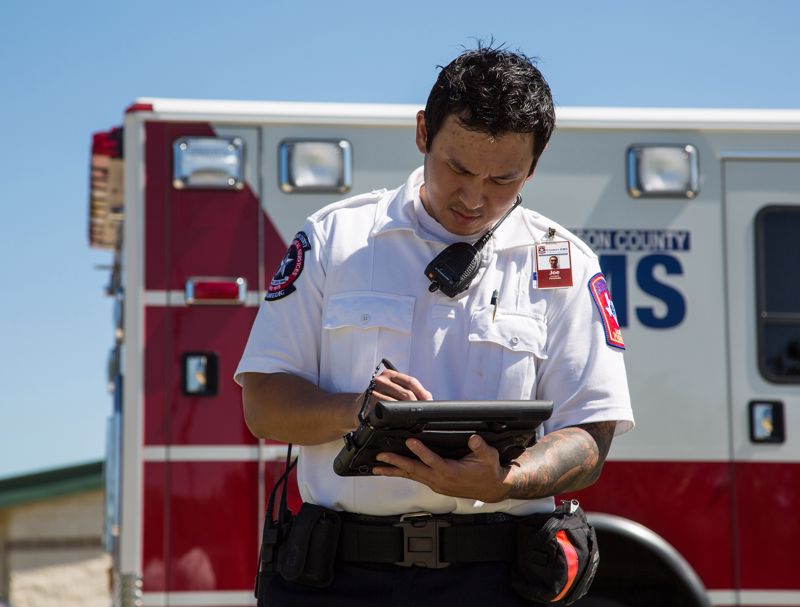
IoT's role in public safety
By Perle SystemsMarch 23, 2023
Governments worldwide face a massive challenge when it comes to ensuring the wellbeing of the people who live in their respective countries. From making certain that publicly available water is safe to drink to providing emergency services, public servants have their hands full.
Fortunately, recent developments in designing and building smart cities have made government officials' and workers' jobs significantly easier. The increasing ubiquity of devices connected to the internet and each other — collectively known as the internet of things (IoT) — has enabled government employees to fulfill their duties with efficacy and efficiency never seen before.
Let's take a look at a few examples of how IoT is revolutionizing public safety:
IoT to the rescue
While many countries have privatized emergency response services, most countries' governments provide either partially or totally subsidized first response services. In previous years, emergency responders' lives were made almost unfathomably difficult by a lack of access to information about emergencies, as well as insufficient awareness of nearby resources.
As GCN explains, IoT tech like connected wearable cameras and microphones with live video streams allow front line workers such as paramedics and firefighters to transmit crisis data to each other instantly. This immediate communication means that teams can respond more quickly and with greater accuracy. Ambulances and emergency rooms can also be fitted with similar devices to the same effect. Fire station commanders and doctors on the other side of the line can provide crucial information to their staff on the ground via these systems, too.

Helping inhabitants breathe easy
Air pollution is a major issue in most urban areas, especially highly built up metropolises. According to Manx Tech Group, excessive amounts of greenhouse gases and carcinogens like carbon dioxide and carbon monoxide can negatively impact people's health by causing or exacerbating respiratory issues like asthma. What's worse, they've even been linked to potentially fatal illnesses like cancer.
Luckily, specially developed IoT sensors can monitor air quality by measuring the amount of gaseous substance particles in the immediate environment. This information can then be used to institute emergency measures such as advising citizens to don masks or more long-term solutions such as rerouting traffic or imposing emission regulations on nearby manufacturing and processing plants.
Weathering the storm
Although meteorologists have assessed and tracked weather patterns and conditions through technology such as satellites for many years now, sometimes potentially devastating storms and natural disasters can't be anticipated via such high-level instruments.
Per Benchmark labs, IoT sensors that can observe changing climates on a more granular, localized level (as opposed to large grids) may be the solution to filling the gap. Some devices have the ability to evaluate environmental factors such as atmospheric pressure, wind speeds, temperature and humidity. This data can be immediately communicated to weather monitoring stations, and workers can then decide whether they need to put out any emergency alerts or evacuation orders.
Partner with Perle to protect the public
The public safety IoT market is growing rapidly, so much so that it's projected to reach a value of over $5 billion in fewer than 10 years, per Global News Wire. Perle Systems is proud to be at the forefront of manufacturing, providing hardware and software products that empower governments to care for their constituents.



